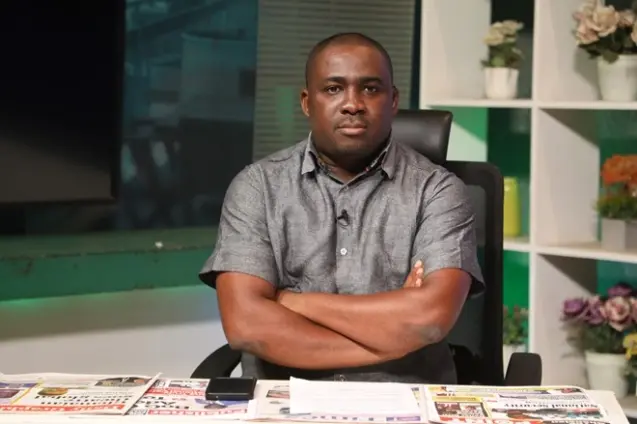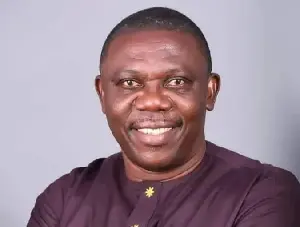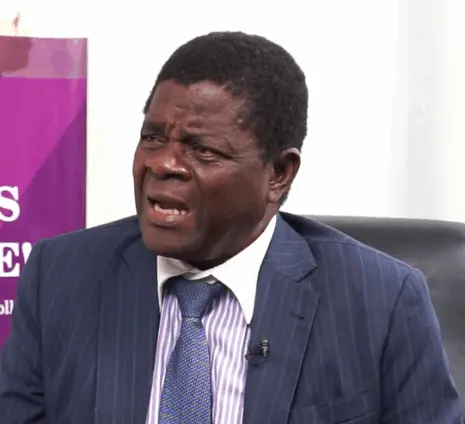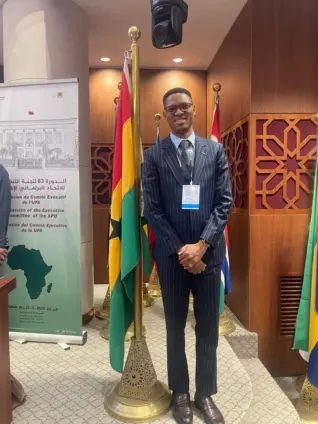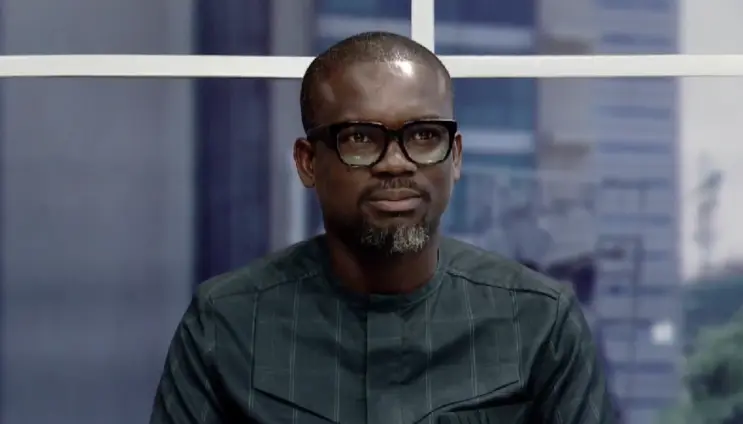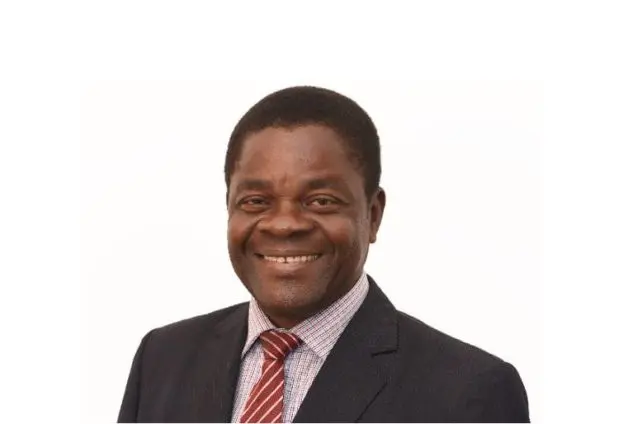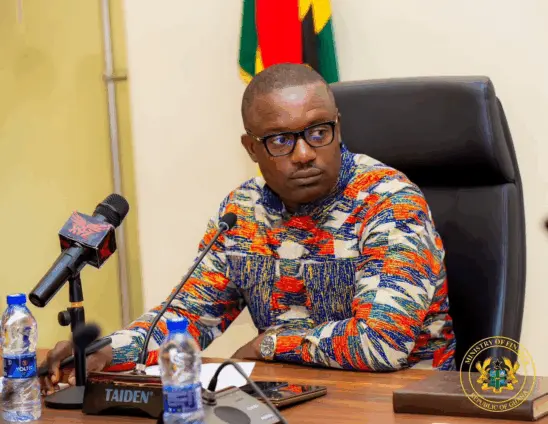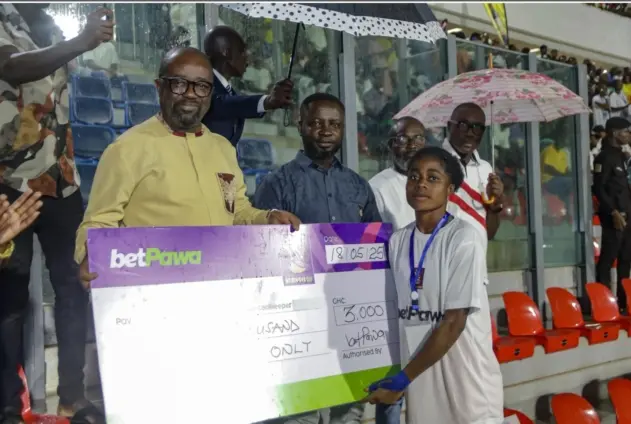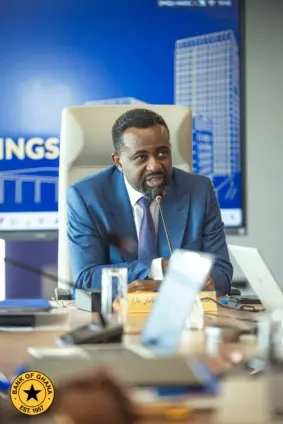The hushed chambers of the Supreme Court bore witness to a significant legal moment as the court dismissed a suit challenging the process for the potential removal of suspended Chief Justice Gertrude Torkonoo. The decision, delivered on Wednesday, brings clarity to the legal landscape surrounding the Chief Justice’s suspension and the ongoing inquiry into petitions seeking her removal. The court’s action underscores the complexities inherent in constitutional law and the delicate balance of power within the government. This article delves into the details of the dismissed suit, the constitutional articles invoked, and the potential ramifications for the Chief Justice, providing a comprehensive analysis of this critical development. The case hinged on the interpretation of Article 146 and whether the President’s actions were constitutional.
The legal challenge arose following President’s suspension of Chief Justice Torkonoo after receiving three petitions calling for her removal. Minister Felix Kwakye Ofosu stated that the suspension was in line with Article 146(10) of the Constitution. The legal challenge to this action was swiftly mounted.
Theodore Kofi Atta-Quartey initiated legal action, but the Supreme Court, in a 4-1 decision, deemed his application “unmeritorious.” Atta-Quartey’s application directly challenged the process initiated to potentially remove the suspended Chief Justice Gertrude Torkonoo. The court’s majority found no legal basis to halt or alter the course of the ongoing proceedings. Simultaneously, the Centre for Citizenship, Constitutional and Electoral Systems (CenCES) also filed a suit concerning the same matter.
CenCES sought to reverse the President’s suspension of the Chief Justice and halt the work of the committee formed to investigate the petitions. CenCES argued that the President’s actions violated constitutional principles. However, the Court dismissed CenCES’s case as well, also in a 4-1 decision, mirroring the outcome of Atta-Quartey’s application.
The five-member panel of the Supreme Court consisted of Justices Paul Baffoe-Bonnie (Presiding), Issifu Omoro Tanko Amadu, Yonny Kulendi, Henry Anthony Kwofie, and Yaw Asare Darko. Justice Yaw Asare Darko stood alone, issuing the dissenting opinion in both rulings. His dissent suggests differing interpretations of the constitutional provisions at play.
Atta-Quartey sought five major reliefs from the court. First, a declaration regarding the President’s discretionary authority under Articles 23, 146(6), and 296(b) & (c) of the Constitution. He argued that this authority should be regulated by a published constitutional instrument, ensuring transparency and accountability. The specific articles cited relate to administrative justice, the process for removing a Chief Justice, and the exercise of discretionary power.
Second, Atta-Quartey sought a declaration concerning the Council of State’s advisory role in the removal process. He sought a transparent and codified process, also subject to a constitutional instrument. Third, he requested a declaration on the committee of inquiry’s proceedings, arguing for clearly defined procedures, powers, and limitations outlined in a constitutional instrument. Fourth, Atta-Quartey sought an order nullifying all proceedings related to the Chief Justice’s removal, citing violations of Articles 296(c) and 11(7) of the Constitution. Finally, he requested any other orders necessary to protect the Judiciary’s institutional independence.
The timeline of events leading to the Supreme Court’s decision began on April 22, 2025, with the Chief Justice’s temporary removal from office. On May 20, 2025, Atta-Quartey filed his suit, seeking to challenge the removal process. Just a day later, on May 21, 2025, the Supreme Court issued its ruling, dismissing both suits.
With the legal challenges dismissed, the committee established under Article 146 of the 1992 Constitution will continue its work. This committee is responsible for investigating the petitions seeking the Chief Justice’s removal and making recommendations to the President. In the meantime, the President’s Warrant of Suspension remains in effect, meaning Chief Justice Gertrude Torkonoo remains suspended from her duties.
The Supreme Court’s rejection of the suits challenging the Chief Justice’s suspension emphasizes the critical nature of constitutional law and the separation of powers. With these legal hurdles cleared, the focus returns to the committee’s investigation and the potential consequences for Justice Gertrude Torkonoo. This case underscores the importance of carefully understanding constitutional provisions and the judiciary’s vital role in upholding the rule of law. The implications for the judiciary and the balance of power remain a subject of intense scrutiny. The future of Chief Justice Gertrude Torkonoo, and the direction of the Ghanaian judiciary, now rests on the outcome of the committee’s investigation.
Image Source: MYJOYONLINE


